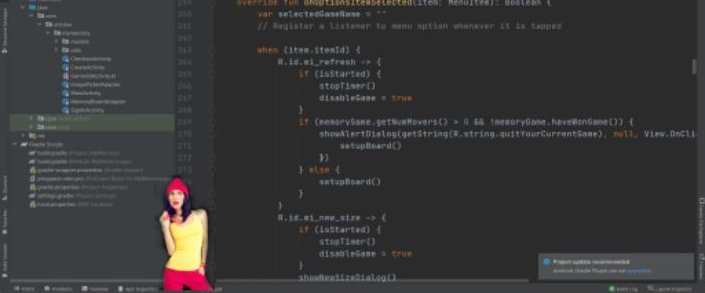
Just recently, deep learning has remake the way we do machine translation. Relatively simple neural machine learning solutions from deep learning researchers who know nothing about language translation are beating language translation systems built by the best human experts.
The technology behind this breakthrough is called sequence-to-sequence learning. This is a very powerful technique that can be used to solve many types of problems. After we’ve seen how the technology can be used for translation, we’ll also understand how the algorithm can be used to write AI chatbots and analyze images.
We as linguists have long been skeptical of machine translation. Our translation company is 19 years old and majority of our translators always advocated the value of ‘human translation’.
However, the quality of neural machine translations has steadily improved and continue to do so. At present, neural machine translation still cannot match with good native-speaking linguists. Nevertheless AI and machine translation still have a place in the translation service value chain.
5 best neural machine translation software
#1 Google Translate
#2 DeepL Translator
#3 Bing Microsoft Translator
#4 SYSTRAN Translate
# Amazon Translate
Why is this important?

The translation industry is a 40 billion dollar industry. According to New York Times, Google Translate alone serves more than 500 million monthly users and translates about 140 billion words per day. Before neural translation machine, Google especially uses the phrase-based model (PDMT) where it translate sentence word by word.
For example, the sentence “He goes to the curry restaurant” was translated to Japanese as “He that he goes to goes to to to the curry restaurant”, based on the Japanese grammar structure. You may think it is translation alright as long as you can get the gist of the sentence. But what happens when the sentences get complicated? That’s where you lose context.
So NMT address the problem with word by word translation. It uses a large neural network to enhance performance. In other words, the computer uses deep learning to build an artificial neural network to teach itself how to translate between languages. It uses this networks to translate entire sentences without breaking them down into smaller parts.
Neural model has significant progress, but not yet perfect
NMT has made huge progress just in the last years. It is really important for our communities and the world to communicate with people in foreign countries. There are still many complex technical issues remain to be resolved in NMT. But will it one day replace human translators? How NMT can change the translation industry?
I look forward to your opinion and thoughts.



